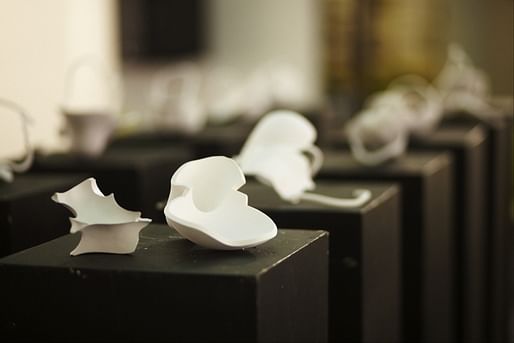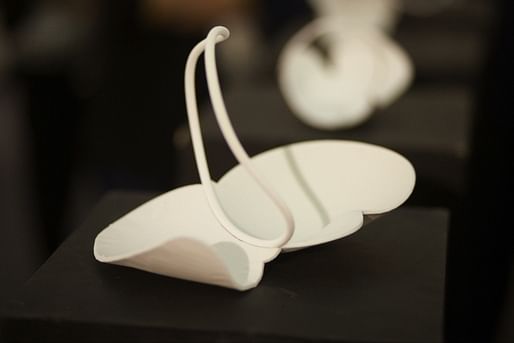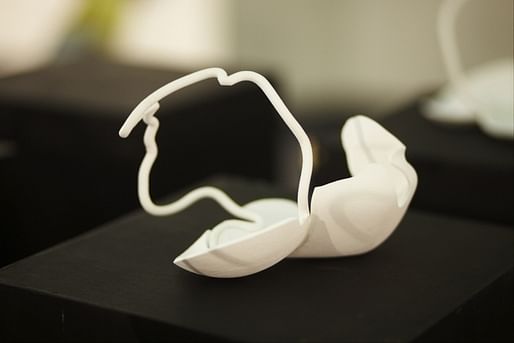
This Saturday we had our ARCH566 Research Seminar Midterm. We were joined by Jeff Kipnis, Jose R. Oubrerie, John McMorrough, Sam Jacob, Jimenez Lai, and Bob Somol.

The title of Arch566 is "Architecture considered in relation to art, customs, and legislation; in which several and diverse extraordinary methods of the architect are examined as to their novel effects on society throughout history, their mastery by students, and their application in a project of pressing concern" (that is really the title)
Tought by Andrew Zago and Sarah Blankenbaker.
From the Brief- "Invoking the political capacity of architecture, Winston Churchill observed that, “We shape our buildings; thereafter they shape us.” Yet the exact nature of architecture’s efficacy in shaping the politics of life is both beguiling and elusive, resistant as it is to measure.
Borrowing from Churchill, these courses take as their assumption that the shape or form of a building is a political act, and that the application of advanced architectural techniques to a project may generate novel and progressive political outcomes."
This early part of the Seminar/Studio focused on perfecting techniques of Incusion through the use of Grasshopper, hand modeling, and 3d printing. Incusion is formed by the subtraction of one form from another. It is a geometry that is defined by geometry that is outside of itself.
This class is difficult to talk about, as the discussion in class is always a moving target. I will have a lot more to say about this once we get to the design process next semester.
Here are a few images.

Jose R. Oubrerie looking over our 3D prints.

Jeff Kipnis

John McMorrough

Andrew Zago




An in-depth look at the School of Architecture at the University of Illinois Chicago. The People, The Happenings, The Projects, and the Discussion.



9 Comments
while i find the forms and figures of the 3d prints and figure grounds beautiful i have trouble seeing the relationship to the stated title of the class (the legislation and political aspects specifically)...i am very interested in hearing more about the discussion and seeing other supporting work such as diagrams, research, etc.
Right not it is a pretty big stretch to get these to be understood in the context of a political argument. As in there is no argument yet and that is what we are doing. The idea being that particular formal geometries have political implications (think st.peters square/Yokohama port terminal/etc) The choice of incusion has to do with the fact that with current technology it is easier then ever to explore this extremely complex geometry in an efficient reproducible manner. Not that the formal move did not exist in the past, but now we can explore it with great accuracy and precision.
So as it stands, we know that architecture and architectural form can have political implications. We have a hunch that through research we can come to a general theory on what is the political nature of incusion. There is another semester and a half of this exploration so you will be hearing more.
cheers, thanks for reading.
So the entire OSU staff came to UIC? Nice post!
Intriguing premise, thanks for posting. I would be very interested to know what Jeffrey Kipnis and Bob Somol had to say on the relationship between form/geometry and politics as they have both written on the topic.
It's interesting to think of a building as a political flag or speech, and at the same time to relate it to the simplicity and two-sidedness of a coin. I hope that as the semester continues, Andrew pushes you guys to consider the spacial qualities, not just the form and impression that you are producing, as this is what sets architecture apart from sculpture.
political expression and its integration in architecture is nothing new. what is interesting in this might exist in the timing of the research. i am not sure about churchill either. sounds little token. maybe an approach might be found in buildings "unshaping" us? i like andrew zago, i am interested knowing where this studio go to...
okin15- The rest of the semester and the next semester of studio will be exactly that, the study of spatial qualities. This is more true than for his work with misregestration used for his Foreclosure MoMA project. Incusion inharently produces a spatial relationship between the building and the space that has been produced by incusing. (that is not even a word haha)
Orhan- "unshaping us!" brilliant!. When I use that, Ill give you credit. Watch for it.
Thanks Matthew! Keep the good work, excellent blog...
If you've read Tschumi you'll know that his architectural view is politically charged, and this largely argued by way of programme facilitating actions and events that trigger political effects. So it is more about what architecture does, how can form facilitates political action through it's function. And political agenda is defined by an environmental trigger, problems within the environment, and architecture's ability to possibly intervene in those problems. Theer was also Foucaults work showing how the spatial form that institutions take, such as a prison, shapes and conditions the inhabitants behavior, actions and beliefs
Block this user
Are you sure you want to block this user and hide all related comments throughout the site?
Archinect
This is your first comment on Archinect. Your comment will be visible once approved.